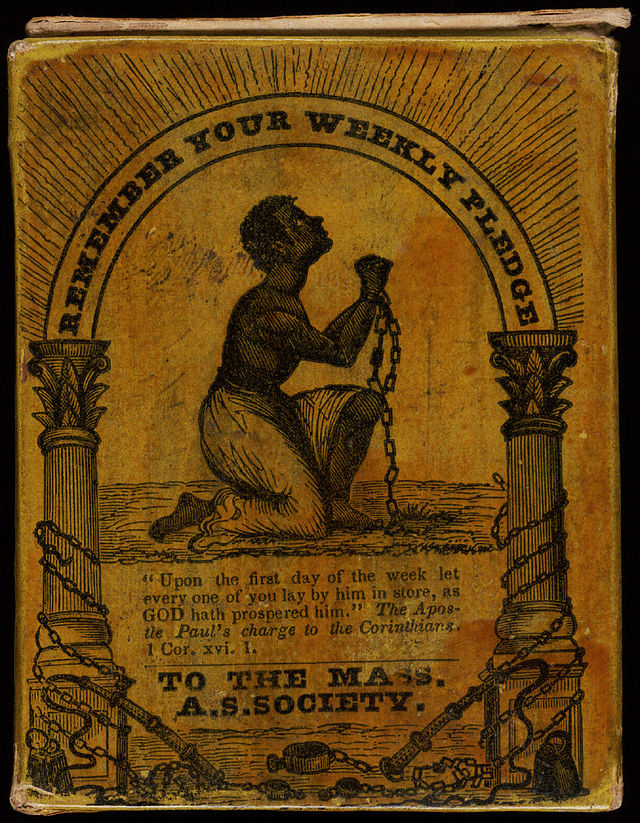
Abolitionism in the United States
Movement to end slavery in the United States / From Wikipedia, the free encyclopedia
Dear Wikiwand AI, let's keep it short by simply answering these key questions:
Can you list the top facts and stats about Abolitionism in the United States?
Summarize this article for a 10 year old
In the United States, abolitionism, the movement that sought to end slavery in the country, was active from the colonial era until the American Civil War, the end of which brought about the abolition of American slavery, except as punishment for a crime, through the Thirteenth Amendment to the United States Constitution (ratified 1865).

The anti-slavery movement originated during the Age of Enlightenment, focused on ending the trans-Atlantic slave trade. In Colonial America, a few German Quakers issued the 1688 Germantown Quaker Petition Against Slavery, which marked the beginning of the American abolitionist movement. Before the Revolutionary War, evangelical colonists were the primary advocates for the opposition to slavery and the slave trade, doing so on the basis of humanitarian ethics. Still, others such as James Oglethorpe, the founder of the colony of Georgia, also retained political motivations for the removal of slavery. Prohibiting slavery through the 1735 Georgia Experiment in part to prevent Spanish partnership with Georgia's runaway slaves, Oglethorpe eventually revoked the act in 1750 after the Spanish's defeat in the Battle of Bloody Marsh eight years prior.[2]
During the Revolutionary era, all states abolished the international slave trade, but South Carolina reversed its decision. Between the Revolutionary War and 1804, laws, constitutions, or court decisions in each of the Northern states provided for the gradual or immediate abolition of slavery.[lower-alpha 1] No Southern state adopted similar policies. In 1807, Congress made the importation of slaves a crime, effective January 1, 1808, which was as soon as Article I, section 9 of the Constitution allowed. A small but dedicated group, under leaders such as William Lloyd Garrison and Frederick Douglass, agitated for abolition in the mid-19th century. John Brown became an advocate and militia leader in attempting to end slavery by force of arms. In the Civil War, immediate emancipation became a war goal for the Union in 1861 and was fully achieved in 1865.